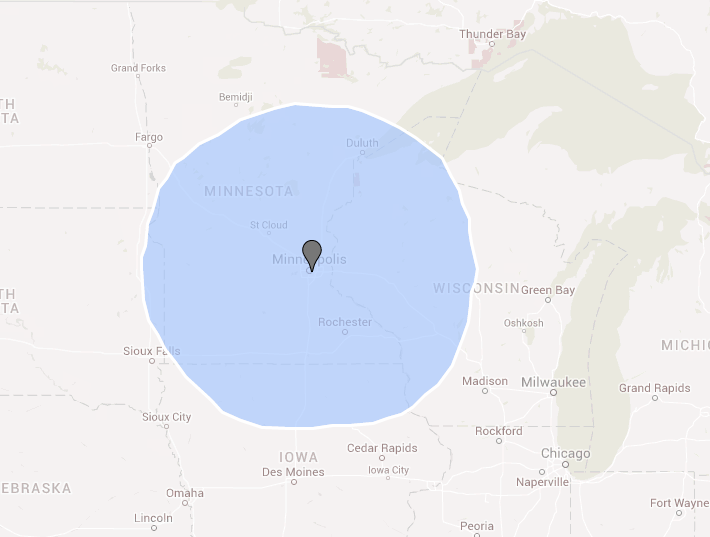One Year One Outfit Kickoff
Are you interested in being part of a group of individuals who take on the "one year one outfit" challenge? One year one outfit is a maker challenge where participants aim to make a locally sourced outfit in one year using the Fibershed principles of Local Fiber, Local Labor, and Local Dyes. The Three Rivers Fibershed is facilitating the formation of a group to support each other in working to create local outfits starting with the first of four events to help support folks interested in giving it a try!
Join us Saturday January 12, 2019 from 11 a.m.-2 p.m. for our kickoff event which will feature Three Rivers Fibershed producers selling their locally grown and processed fiber for purchase to help you get the materials needed to start your outfits, in addition to a brief discussion around one year one outfit with a Q&A time, which will happen around 12:30. The event is free and open to any who are interested in learning more about this challenge to explore our regional fiber system and tell its stories. Producers present include:
Whetstone Farm
Dresow Family Farm
Sunrise River Alpacas
Harvest Hills Acres
Autumn Larch Farm LLC
Note about the location: The event will be held at Vernon Oaks Apartments in the event room. The entrance to Vernon Oaks is located directly off of Vernon Ave S. and comes after Villa Way. There will be a large wood and brick sign with the building name and address. There is parking throughout and around the driveway. The entrance to the building will be on the right side of the roundabout driveway. We will have signs posted. Once inside, the event room is located up the stairs and to the left, on the second floor. If you need to get ahold of someone day of the event please call (920) 277-8100 for assistance.
Vernon Oaks Apartments is located at 5400 Vernon Avenue South, Edina, MN, 55436.






























